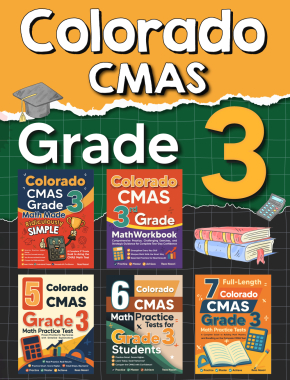How Right Triangles Demonstrate Similarity

- AA (Angle-Angle) Criterion: If two angles of one triangle are congruent to two angles of another triangle, then the triangles are similar. Since right triangles formed by an altitude share a common angle and both have a \(90^\circ\) angle, they’re similar by the AA criterion.
- The altitude is geometrically the mean between the two segments it divides the hypotenuse into.
- Each leg of the large triangle is the geometric mean of the hypotenuse and the segment of the hypotenuse adjacent to that leg.
Examples
Practice Questions:
- In right triangle \(PQR\), if \(PR\) is the hypotenuse and \(PS\) is an altitude dividing \(PR\) into segments of \(3 \text{ cm}\) and \(9 \text{ cm}\), find the length of \(PS\).
- Given a right triangle \(LMN\) with \(LN\) as the hypotenuse of length \(17 \text{ cm}\) and altitude \(LO\) dividing it into segments of \(8 \text{ cm}\) and \(15 \text{ cm}\), find the lengths of \(LO\) and \(MO\).
- \(PS = 6 \text{ cm}\)
- \(LO = 7.2 \text{ cm}\) and \(MO = 9.6 \text{ cm}\)
Original price was: $109.99.$54.99Current price is: $54.99.
Original price was: $109.99.$54.99Current price is: $54.99.
Original price was: $109.99.$54.99Current price is: $54.99.
Related to This Article
More math articles
- Marketing Math: What’s a New Customer Really Worth?
- 7th Grade KAP Math Worksheets: FREE & Printable
- 4th Grade AZMerit Math Worksheets: FREE & Printable
- 4th Grade STAAR Math FREE Sample Practice Questions
- How to Find Missing Sides and Angles of a Right Triangle? (+FREE Worksheet!)
- 4th Grade PACE Math Worksheets: FREE & Printable
- 8th Grade PSSA Math Practice Test Questions
- The Ultimate AFOQT Math Formula Cheat Sheet
- Best Calculators for Electrical Engineering Students In 2026
- How is the ParaPro Test Scored?




























What people say about "How Right Triangles Demonstrate Similarity - Effortless Math: We Help Students Learn to LOVE Mathematics"?
No one replied yet.